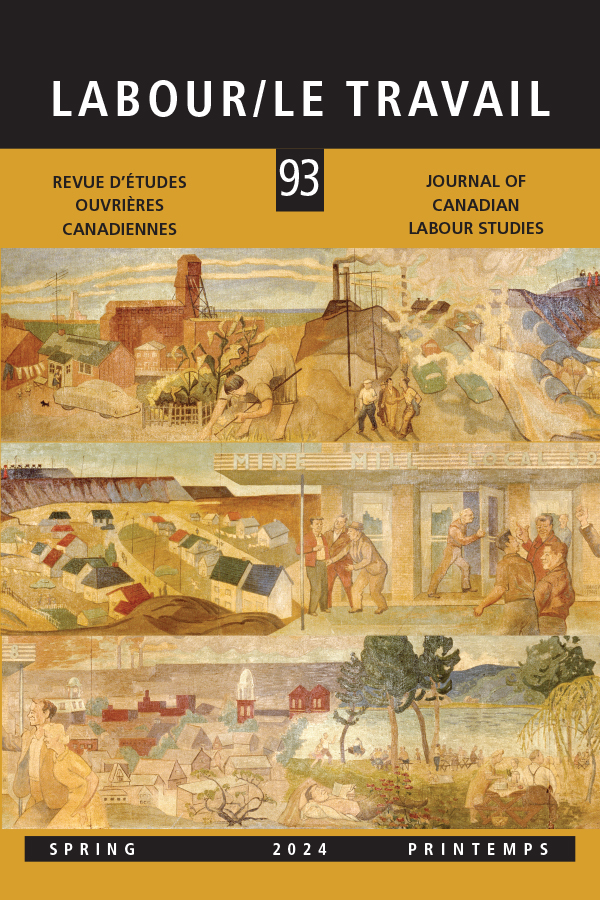Published 2024-06-03
Keywords
- Communist youth,
- children,
- protest,
- boycotts,
- performance activism
- class struggle,
- prices,
- chocolate ...More
How to Cite
Abstract
Thousands of children and youth across the country took to the streets for two weeks in spring 1947 to protest a three-cent increase in the price of chocolate bars. The protest initially generated enthusiastic press coverage and had widespread popular support, but when the National Federation of Labor Youth (nfly), the Communist Party’s youth organization, announced its support, anti-communists in the press and the community red-baited the protesters. The campaign quickly lost momentum, which anti-communists attributed to the presence of Communists but was more likely due to their own red-baiting attacks in the press. Some of these protests were spontaneous reactions to a 40 per cent increase in the price of candy bars, while others were led or inspired by nfly. Either way, the countrywide mobilization of thousands of children and youth marks a turning point in the history of Canada’s left. Erupting in tandem with a nationwide strike of industrial workers and protests of activist consumers demanding greater economic security and a more responsive state, the children’s chocolate bar protest provides a window on this critical moment in the class struggle. The attacks on this popular protest at the moment that the long run of community-based militancy was about to be demonized, delegitimated, and silenced by red-baiting marks a significant milestone in Canada’s Cold War. In addition to adding the youngsters’ challenge to capital and the state to the history of the popular left, the event contributes to the growing literature on children and youth engaged in political protest, while their creative protest strategies offer a youthful dimension to the study of performance activism.
